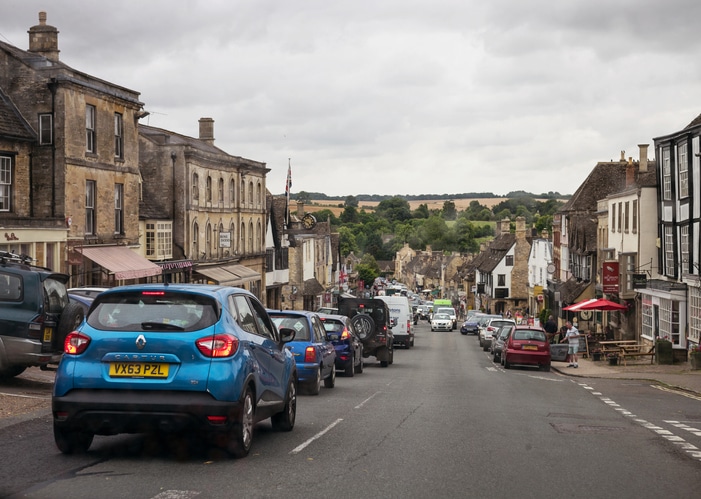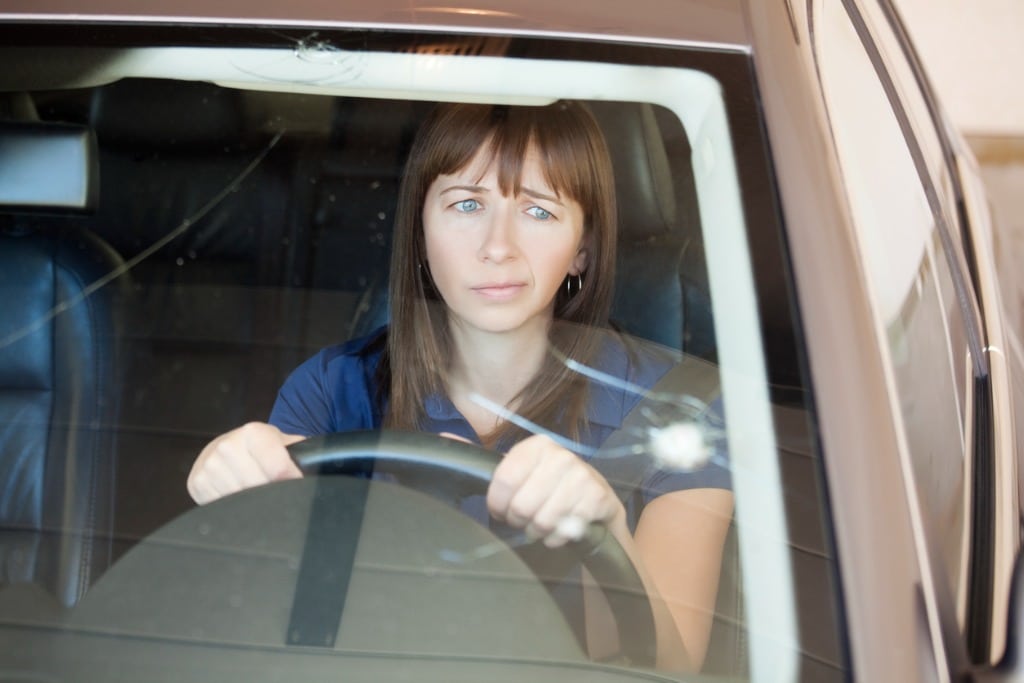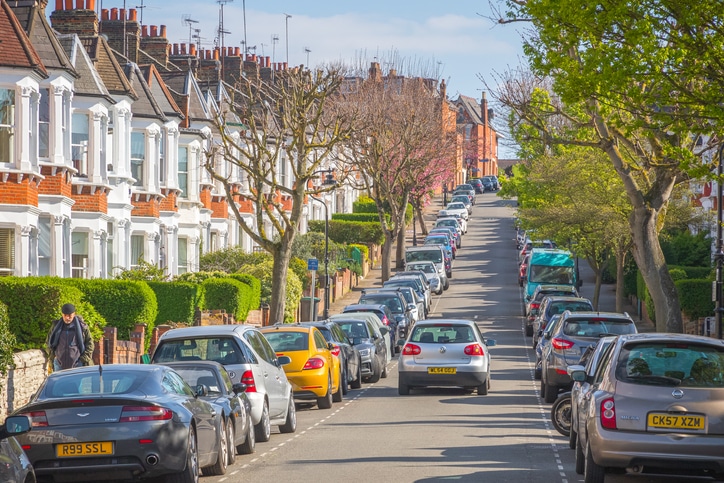Have you ever driven down a side street to avoid a traffic jam? How about following Google Maps’ advice to switch to an alternate route, one that takes you through a residential area to save time on your journey? If you can answer yes to either of these, you’re guilty of rat running.

Rat running is a divisive issue in the motoring world. Lots of people say it frees up space and saves time, while others think it’s irresponsible and dangerous. But what exactly is rat running and why has it become such a hotly debated issue? Find out in our in-depth guide.
Quick Links
- What is Rat Running?
- Is Rat Running Legal?
- What Are the Common Types of Rat Running?
- Why Do Some People Want Rat Running to be Made Illegal?
- Is Rat Running Becoming More Common?
What is Rat Running?
Rat running is the practice of using side streets, lanes and car parks to avoid things like traffic jams, tolls, traffic lights and speed cameras. It’s when drivers choose to bypass customary road routes, instead using cut-throughs to avoid obstacles and make their journey quicker.
On paper, this might not sound like a bad thing, but rat running is a controversial topic – hence the less-than-complimentary name. Lots of people think it’s dangerous and irresponsible, increasing the likelihood of accidents and causing traffic, noise and pollution in otherwise quiet residential areas.
Is Rat Running Legal?
The bad news for people living in areas prone to rat running is that, in most circumstances, it is legal. The only time it’s not is when a street is marked ‘access only’, but even then, lots of drivers will be willing to ignore the signs – even if they could be fined for doing so.
Rather than being a legal issue, rat running is more of a moral one. Is it ok to increase traffic in a residential area just to shave a couple of minutes off your journey? Should you be avoiding paying tolls when the money is needed for the upkeep and maintenance of local roads?
It’s questions like this which make rat running such a divisive issue. Lots of people would say that it’s well within a driver’s right to make use of shortcuts to reduce their journey time; others would say they should respect the rules and get to the back of the queue.
What Are the Common Types of Rat Running?
As a practice rat running is fairly broad. In fact, you may be a rat runner without even knowing it. To help you get to grips with what classifies as rat running, we’ve taken a look at some of the common tactics drivers use to beat the queues.
Using Side Streets and Alternate Routes
The most common type of rat running involves using side streets and alternate routes when a major route is available. For example, say you want to drive into the centre of Manchester: rat running would see you drive through quiet residential streets, rather than using the major trunk routes into the city.
Lots of drivers do this, and it’s certainly the least morally questionable out of all the different types of rat running. However, local residents might not see it that way, with an increase in traffic bringing excess noise and pollution to their doorstep.

Avoiding Traffic Lights and Other Traffic Control Measures
Traffic lights can mean big queues at peak hours, so it’s no surprise that lots of drivers are keen to avoid them. Using residential side streets or shortcuts through private car parks are just a couple of the tactics rat runners use to avoid traffic on their journey – whether it’s a four-way traffic light system or a busy level crossing where trains regularly disrupt the flow of traffic.
Avoiding Traffic Jams
Whether due to an accident, roadworks or a police incident, traffic jams can cause severe delays on UK roads. As a result, drivers tend to try to find alternative routes, which most often means diverting off and cutting through a quiet residential area.
The problem with this type of rat running is that it can result in huge tailbacks and congestion in areas not designed for that volume of traffic. Indeed, in lots of cases the resulting congestion in these quieter areas can end up being worse than the original jam, so it’s often better to stay put and wait it out.
Illegal Rat Running
Some drivers resort to illegal tactics to beat queues, tolls and traffic lights, even if they don’t mean to break the law. There are a couple of good examples of this, from using private car parks to gain the upper hand on a line of traffic, to deliberately driving down access-only or even pedestrianised streets to avoid obstacles and get from A to B faster.
Why Do Some People Want Rat Running to be Made Illegal?
Rat running may not sound that serious of an offence, but lots of people think it should be made illegal. Why? Let’s take a look at some of the negative aspects of rat running:
- Traffic noise in residential areas – noise is one of the biggest problems of rat running, with people living in areas where its prevalent calling it disruptive.
- Increased pollution in built-up areas – one of the side effects of rat running is fumes and air pollution in areas not used to a specific volume of cars, where people live and work.
- Congestion – rat running often leads to increased congestion in areas not designed for that volume of traffic. As mentioned above, the resulting delays can often be worse than the jam itself.
- Safety concerns – residential areas often comprise of narrow streets, often with children playing outside or walking to school. Some fear rat running compromises the safety of such areas, making an incident more likely.
So, four solid arguments as to why rat running should be regulated in some way – so why hasn’t it been? Well, for starters it would be incredibly difficult to enforce with authorities hard-pressed to deal with every incident.
Not only that, but there’s a fine line between deliberate rat running and genuinely trying to make your journey a little bit shorter, which could result in less pollution while freeing up space on the road.

Is Rat Running Becoming More Common?
In recent years, rat running has become more common as drivers rely on tools like Google Maps to help get them from A to B. Navigation apps like these use real-time traffic data to alert drivers of congestion and suggest different routes – many of which involve using side streets and cut-throughs to avoid traffic blackspots.
With more drivers using their smartphones to navigate, and a greater number of cars now benefitting from wi-fi connectivity, it’s likely that instances of rat running will continue to increase. No longer reliant on paper maps, drivers can now pick and choose the best routes at the touch of a button – so why wouldn’t they select the one that gets them there faster?
What are your thoughts on rat running? Do you pride yourself on finding good shortcuts? Or are you someone who thinks it should be regulated? If you’d like to learn about our high-performance car maintenance range, visit the product page today.
